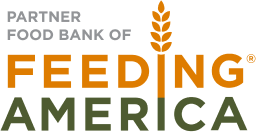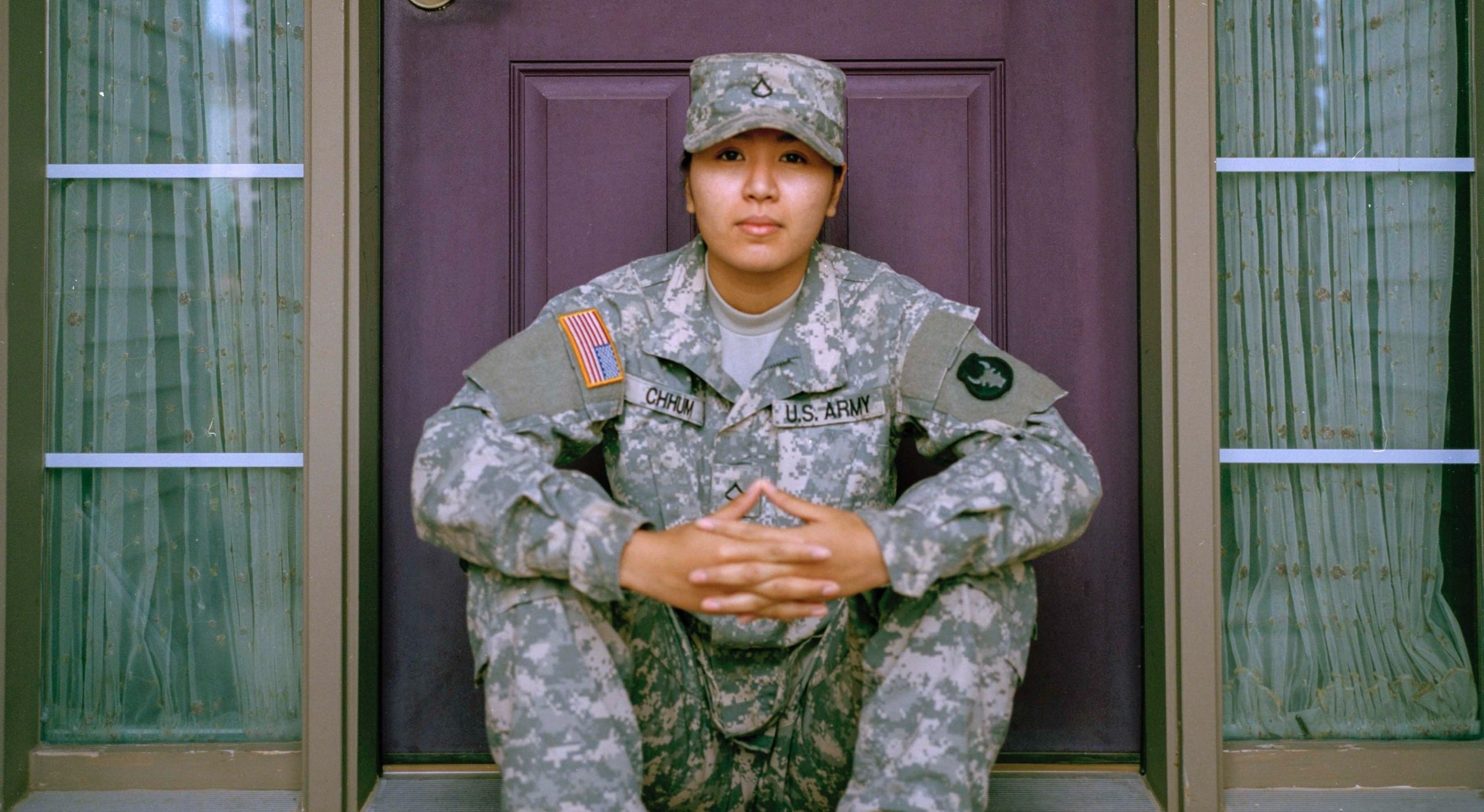Veterans and Food Insecurity
How some heroes need our help.
By Mary Beringer, Grant Writer
Veterans Day is almost here, a time to pay tribute to those who put their lives on the line to defend our country. As of 2017, there were 774,935 veterans in Ohio, and 19,998,799 nationally. They make up a significant portion of our communities, and almost half of all veterans are over 65. While some veterans thrive once they return to civilian life, many feel the negative impact of their military experiences for years or even decades afterward. Because of this, a shocking number of America’s veterans experience food insecurity.
Pinpointing the reason so many veterans struggle with food insecurity is difficult, though the contrast is certain; working-age veterans are 7.4% more likely to be food insecure than non-veterans of the same age.
Another factor at play is disability status. 43% of veterans who served post-9/11 have a service-connected disability, and veterans with disabilities are 22.5% more likely to be food insecure than the general population. Both physical and mental disabilities can make it difficult to obtain food. Disabled veterans might have to worry about how easy it is for them to leave the house to get groceries. A mobility issue could make driving difficult, while PTSD might make it hard to go to crowded places, and depression or other executive function-related conditions can make it hard to even step out your front door. Disabled people can also have difficulty finding a job that will accommodate all their needs, which might put a strain on their food budget.
We have also talked before on this blog about how the shift from the draft to an all-volunteer force means that many people who choose to enlist are already coming from a socio-economic background associated with poverty, higher rates of mental health problems, and lower educational attainment. This may be why veterans of Iraq and Afghanistan seem to have especially high rates of food insecurity, even compared to their older peers, though of course seniors have unique struggles with food insecurity.
The food insecurity that veterans experience can also extend to military families. As of 2020, one-fifth of families served by foodbanks have a veteran member. Feeding America theorizes that this high rate may be for multiple reasons, including low salaries for lower ranks, the high unemployment rate for military spouses, or the high cost of living near military bases.
Other factors that can contribute to veteran food insecurity include homelessness and a lack of affordable health care options. Though many people assume that all veterans automatically get healthcare coverage through the Department of Veteran Affairs, the truth is that most veterans are dependent on private health insurance. As of 2014, there were tens of thousands of veterans enrolled in the VA healthcare system who hadn’t seen a doctor in at least ten years. Similarly, though there are programs in place to help veterans find housing, veterans still make up 8% of all people experiencing what is called “sheltered homelessness”, meaning they have recently used an emergency shelter, transitional housing, or a similar service. The number of people experiencing “unsheltered” homelessness is difficult to track, but it seems reasonable to assume that a similar percentage of that population also holds veteran status.
Of the nearly 20 million veterans in the country, 4 million of them live in poverty or live paycheck-to-paycheck. 1.2 million of those veterans use SNAP according to the latest census data. More veterans are eligible for SNAP, but may not know that they qualify, or they may feel insecure about needing help. Veterans are often proud of their self-sufficiency and can sometimes have a hard time asking for help, even when it is readily available. This Veterans Day, in addition to thanking the veterans in your life for their service, make sure they have everything that they need, and let them know they are supported. Even the strongest and bravest among us need help sometimes.
Resources:
“Active Military and Veteran Food Insecurity.” Feeding America, Feeding America, https://www.feedingamerica.org/hunger-in-america/food-insecurity-in-veterans.
“Census Bureau Releases New Report on Veterans.” Census.gov, United States Census Bureau, 2 June 2020, https://www.census.gov/newsroom/press-releases/2020/veterans-report.html.
“HUD Releases 2021 Annual Homeless Assessment Report.” HUD.gov, U.S. Department of Housing and Urban Development, 4 Feb. 2022, https://www.hud.gov/press/press_releases_media_advisories/HUD_No_22_022.
Lutz, Jamie, and Caitlin Welsh. “Food Insecurity among Veterans: Who Is at Risk and How to Respond.” Food Insecurity among Veterans: Who Is at Risk and How to Respond | Center for Strategic and International Studies, Center for Strategic & International Studies, 10 Nov. 2021, https://www.csis.org/analysis/food-insecurity-among-veterans-who-risk-and-how-respond.
McIntosh, Caitlyn. “Federal Assistance Programs Are Especially Critical for the Disabled Community.” The Dayton Foodbank, The Foodbank, Inc., 29 July 2021, https://thefoodbankdayton.org/ada/.
McIntosh, Caitlyn. “For Older Adults, Hunger Hides in Plain Sight.” The Dayton Foodbank, The Foodbank, Inc., 16 July 2020, https://thefoodbankdayton.org/seniorhunger/.
McIntosh, Caitlyn. “One in Five Families Served by Food Banks Has a Veteran Member.” The Dayton Foodbank, The Foodbank, Inc., 11 Nov. 2020, https://thefoodbankdayton.org/veterans/.
McIntosh, Caitlyn. “SNAP Is Critical to Our Hunger Relief Work – Here’s Why.” The Dayton Foodbank, The Foodbank, Inc., 24 Sept. 2020, https://thefoodbankdayton.org/snap/.
Ohio State Summary. United States Department of Veteran Affairs, https://www.va.gov/vetdata/docs/SpecialReports/State_Summaries_Ohio.pdf.
“Why Are so Many Veterans Food Insecure?” Move For Hunger, Move For Hunger, https://moveforhunger.org/why-are-so-many-veterans-food-insecure.





No comment yet, add your voice below!